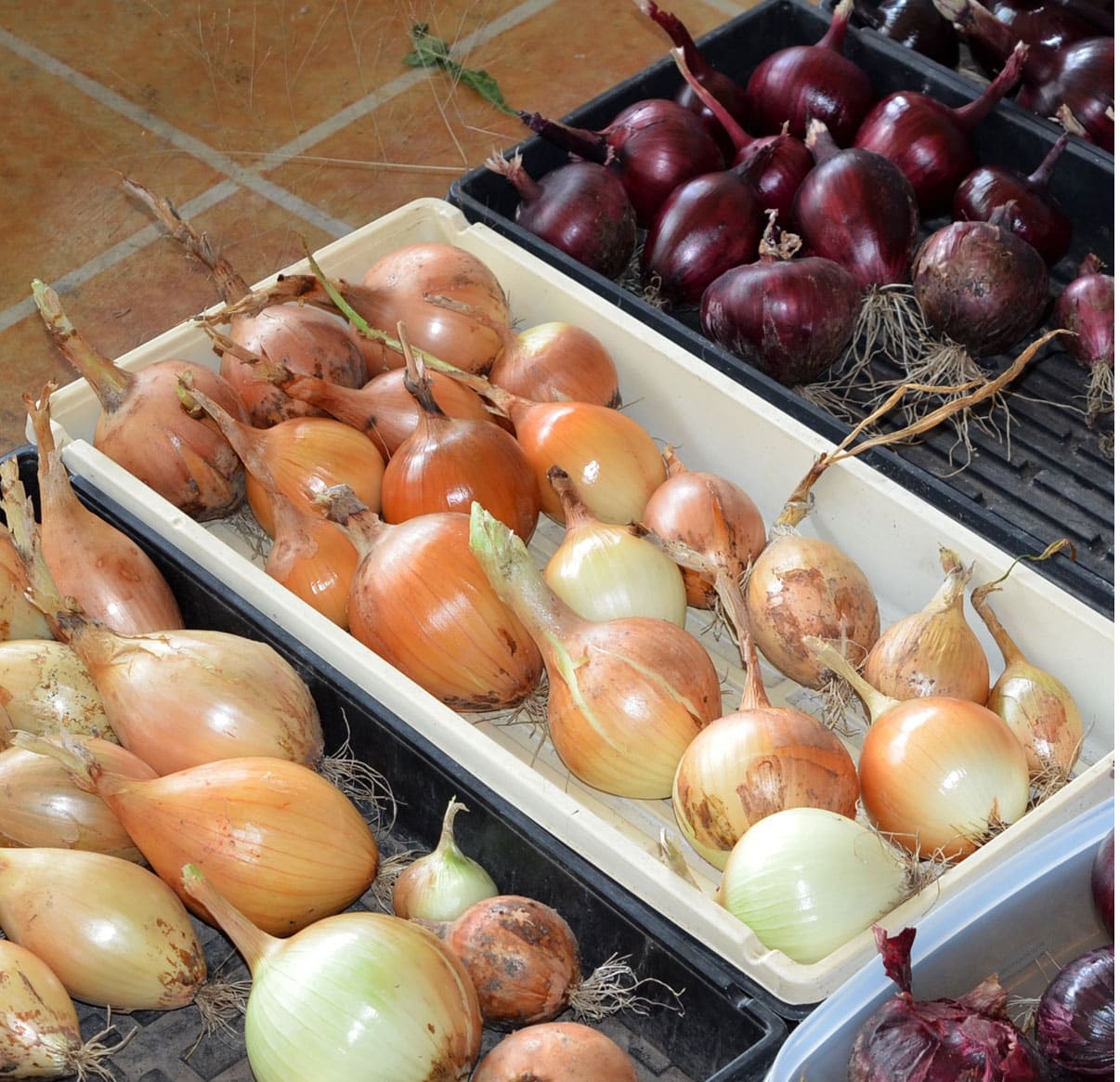

Articles
How To Store Onions For 6 Months
Modified: January 5, 2024
Learn how to store onions for up to 6 months with these helpful articles. Discover tips and tricks for preserving the freshness and flavor of your onions.
(Many of the links in this article redirect to a specific reviewed product. Your purchase of these products through affiliate links helps to generate commission for Storables.com, at no extra cost. Learn more)
Introduction
Onions are a versatile and flavorful ingredient that is used in countless recipes. They add complexity and depth to dishes, whether it’s a simple salad or a hearty stew. While onions are readily available at grocery stores year-round, it’s always nice to have a stash of fresh, homegrown onions that you can enjoy for months to come.
In this article, we will guide you on how to properly store onions for up to 6 months. By following these tips, you can ensure that your onions stay fresh, flavorful, and ready to use whenever you need them. Whether you have a surplus of onions from your garden or you want to take advantage of a great deal at the grocery store, storing onions properly will help you keep them in pristine condition.
The key to storing onions is to create the optimal conditions that prevent spoilage and extend their shelf life. We’ll cover everything from choosing the right onions to preparing them for storage and selecting the ideal storage conditions. So, let’s dive in and learn how to store onions like a pro!
Key Takeaways:
- Store dry onions in mesh bags or pantyhose in a cool, dark place with proper airflow to preserve their freshness and flavor for up to 6 months.
- Regularly check stored onions for spoilage and incorporate them into various recipes to make the most of their flavor and versatility throughout the storage period.
Read more: How To Store Spring Onions For Months
Choosing the right onions
When it comes to storing onions, selecting the right variety is crucial. Not all onions are created equal in terms of their storage capabilities. Here are a few tips to keep in mind when choosing the best onions for long-term storage:
- Opt for dry onions: Dry onions, also known as storage onions, are the best option for long-term storage. These varieties have a papery outer skin and a firm, dry texture. They are typically larger and have a higher sulfur content, which helps preserve their flavor and extend their shelf life.
- Avoid sweet onions: While sweet onions like Vidalia or Walla Walla are delicious, they have a higher water content and are not suited for long-term storage. These onions are best enjoyed fresh or used within a few weeks of purchase.
- Look for firm, blemish-free onions: Choose onions that are free from soft spots, mold, or bruises. The outer skin should be intact and dry. Avoid onions with green sprouts, as they indicate that the onion is past its prime.
- Consider the storage potential: Some onion varieties have better storage potential than others. For example, long-keeping varieties like Yellow Storage, Red Wethersfield, or White Sweet Spanish are known for their excellent storage capabilities.
By selecting the right type of onions, you set yourself up for success when it comes to storing them for an extended period.
Preparing the onions for storage
Before you store your onions, it’s important to properly prepare them to maximize their shelf life. Follow these steps to ensure that your onions are ready for storage:
- Cure freshly harvested onions: If you’re storing onions from your garden, it’s essential to cure them first. Gently lay the onions in a single layer in a well-ventilated area with low humidity. Allow them to cure for two to three weeks, which helps to dry out the outer layers and promote proper storage.
- Trim the tops and roots: Remove any excess foliage or long roots from the onions. Leave about an inch of the stem attached to the onion. Trimming the tops and roots helps prevent rot and allows for better airflow during storage.
- Inspect for any damage or signs of spoilage: Before storing your onions, check each one for any signs of damage, mold, soft spots, or sprouting. Discard any onions that show these signs, as they can accelerate the deterioration of the other onions during storage.
- Ensure the onions are completely dry: Moisture can lead to spoilage in stored onions. Make sure your onions are thoroughly dry before placing them in storage. You can gently wipe them with a clean cloth or let them air dry for a few hours before storing.
By following these preparation steps, you’ll ensure that your onions are in prime condition for long-term storage. Properly cured and trimmed onions have a higher chance of staying fresh and retaining their flavor throughout the storage period.
Selecting the ideal storage conditions
The storage conditions play a vital role in preserving the quality and longevity of your stored onions. Here are the key factors to consider when selecting the ideal storage conditions:
- Temperature: Onions prefer cool temperatures between 32°F and 40°F (0°C to 4°C). Avoid storing onions in areas that are too warm, as higher temperatures can cause them to sprout or spoil faster. A cool basement, cellar, or garage can be ideal for onion storage if the temperature is within the recommended range.
- Humidity: Onions require a moderate level of humidity to prevent them from drying out. Aim for a humidity level of around 65% to 70%. Too much moisture can lead to rot, while too little moisture can cause the onions to become shriveled. Using a hygrometer or placing a small water basin in the storage area can help maintain the desired humidity level.
- Ventilation: Proper ventilation is essential to prevent moisture buildup and maintain good air circulation around the onions. Choose storage containers or methods that allow for adequate airflow, such as mesh bags or wooden crates with slats. Avoid using airtight containers or plastic bags that can trap moisture and promote spoilage.
- Light exposure: Onions should be stored in a cool, dark place to prevent them from sprouting or developing green shoots. Exposure to light can trigger the growth of new foliage, which indicates that the onions are becoming less suitable for long-term storage. Use dark storage containers or cover the onions to block out any light.
By creating the ideal storage conditions with the right temperature, humidity, ventilation, and darkness, you can significantly prolong the lifespan of your stored onions and maintain their quality throughout the 6-month storage period.
Storing onions in mesh bags
One popular method for storing onions is using mesh bags. Mesh bags provide excellent airflow, which helps prevent moisture buildup and promotes proper ventilation. Here’s how you can store onions in mesh bags:
- Place dry onions in the bag: Ensure that your onions are fully cured, trimmed, and dry before placing them in the mesh bag. Fill the bag with onions, leaving some space for air circulation between each onion. It’s ideal to store onions in a single layer rather than piling them on top of each other.
- Tie the bag securely: Once the bag is filled with onions, gather the top and secure it tightly with a twist tie or a piece of string. Make sure the bag is properly sealed, but still allows for some airflow through the mesh.
- Hang the bag in a cool, dark place: Find a suitable location for hanging the mesh bag. Ideally, it should be a cool area with a temperature range of 32°F to 40°F (0°C to 4°C), such as a basement or cellar. Make sure the location is also dark to prevent light exposure.
- Regularly check for spoilage: Periodically inspect the stored onions for any signs of spoilage or rot. Remove any onions that show signs of deterioration to prevent the spread of spoilage to the rest of the onions.
Storing onions in mesh bags is an effective and convenient method that allows for proper airflow and easy access to individual onions when needed. This method helps maintain the onions’ freshness and quality throughout the storage period.
Store onions in a cool, dry, and well-ventilated place, such as a pantry or cellar. Avoid storing them near potatoes, as they can cause onions to spoil faster. Hang them in mesh bags or store them in a single layer to allow for air circulation.
Read more: How To Store Tomatoes For 6 Months
Storing onions in pantyhose
Another unique method for storing onions is by using pantyhose. This method provides a simple yet effective way to keep onions organized and maximizes airflow for optimal storage. Here’s how you can store onions in pantyhose:
- Choose the right pantyhose: Look for a pair of clean and unused pantyhose without any runs or holes. Opt for a pair with a medium to fine mesh to prevent onions from falling through.
- Prepare the onions: Make sure your onions are completely dry and free from any dirt or debris. Trim the tops and roots if necessary, leaving an inch of the stem intact.
- Place the onions in the pantyhose: Carefully insert one onion into each leg of the pantyhose, starting from the bottom. Tie a knot or use a twist tie between each onion to create individual compartments. Continue placing onions until the pantyhose is filled, leaving some space between each onion for airflow.
- Suspend the pantyhose in a cool, dark area: Find a suitable location to hang the pantyhose, such as a pantry or storage room. Make sure the area maintains a temperature of 32°F to 40°F (0°C to 4°C) and is away from direct light. You can hang the pantyhose from a hook or attach it to a rod using clothespins.
- Check for spoilage regularly: Periodically inspect the onions in the pantyhose for any signs of spoilage, mold, or soft spots. If you notice any onions that are starting to deteriorate, remove them from the pantyhose to prevent the spread of spoilage.
Storing onions in pantyhose provides a unique and space-efficient method to keep your onions organized and easily accessible. The pantyhose allows for proper airflow and helps maintain the quality and freshness of the onions throughout the storage period.
Storing onions in crates or boxes
Using crates or boxes is another effective method for storing onions. This method is ideal if you have a larger quantity of onions to store and want a simple and convenient storage solution. Here’s how you can store onions in crates or boxes:
- Select a suitable container: Choose a clean and sturdy crate or box that provides good airflow. Wooden crates or cardboard boxes with plenty of ventilation holes work well for onion storage.
- Prepare the onions: Ensure that your onions are cured, trimmed, and free from any debris. Remove any damaged or spoiled onions before placing them in the crate or box.
- Layer the onions: Place a layer of onions in the crate or box, making sure not to stack them too tightly. Leave some space between each onion to allow for airflow. Continue layering the onions until the crate or box is filled.
- Store in a cool, dark place: Find a suitable location for the crate or box, such as a cool basement or garage. The temperature should ideally be maintained between 32°F and 40°F (0°C to 4°C). Ensure that the area is dark to prevent light exposure, which can stimulate sprouting.
- Check for spoilage regularly: Regularly inspect the stored onions for any signs of spoilage, rot, or mold. Remove any onions that are deteriorating to prevent the spread of spoilage to the rest of the onions.
Storing onions in crates or boxes is a straightforward and space-efficient method. It allows for good airflow and easy access to the stored onions. This method proves especially useful if you have a larger quantity of onions to store.
Checking onions for spoilage
Regularly checking your stored onions for spoilage is essential to maintain their quality and prevent the spread of any issues to the rest of your onion supply. Here are some key signs to look for when inspecting your onions for spoilage:
- Mold or discoloration: Check for any signs of mold growth on the onion’s outer skin. Mold typically appears as fuzzy patches of green, white, or black. Discard any onions with mold as it can quickly spread and affect nearby onions.
- Squishiness or soft spots: Gently squeeze each onion to check for any soft spots or areas of mushiness. If an onion feels soft or squishy, it is likely spoiled and should be discarded. Soft spots can be a sign of rot or bacterial growth.
- Sprouting or green shoots: Inspect the top of each onion for any signs of sprouting or green shoots. If an onion has started to sprout, it is beginning to lose its quality and should be used promptly. Sprouted onions tend to have a milder flavor.
- Foul odor: Take a whiff of each onion to check for any unpleasant or rotten smells. Onions that emit a strong, foul odor are likely spoiled and should be discarded immediately.
- Visible decay or damage: Look for any visible signs of decay, such as soft or discolored patches, or any visible damage to the onion’s skin. If an onion is significantly damaged or shows signs of decay, it is best to remove it from storage to prevent further spoilage.
By regularly checking your stored onions for spoilage and promptly removing any affected onions, you can ensure that the rest of your supply remains fresh and usable. It’s important to conduct these inspections at regular intervals, especially as the storage period progresses.
Using stored onions throughout the 6 months
Having a supply of stored onions can be incredibly convenient for cooking and meal preparation throughout the 6-month storage period. Here are some tips on how to make the most of your stored onions:
- Plan your meals: Take into account the amount of stored onions you have when planning your meals. Incorporate them into recipes that call for onions as a main ingredient or as a flavor enhancer.
- Variety of recipes: Onions can be used in a wide range of recipes, from soups and stews to stir-fries, salads, and even as a topping for pizzas and sandwiches. Experiment with different cuisines and dishes to make the most of your stored onions.
- Sauté or caramelize: Sautéing onions brings out their natural sweetness and adds depth to dishes. Use sautéed onions as a base for soups, sauces, and stir-fries. Caramelized onions can elevate the flavor of burgers, sandwiches, or as a topping for pizzas.
- Freeze or dehydrate: If you find yourself with a surplus of stored onions nearing the end of the 6-month storage period, consider freezing or dehydrating them. Freezing chopped onions in sealed freezer bags or dehydrating them for long-term storage can help extend their usability even further.
- Gradual usage: As the storage period comes to a close, try to gradually increase your usage of the stored onions to ensure you use them all while they are still fresh. This will allow you to enjoy the full flavor and texture of the onions before they begin to deteriorate.
Remember to store any unused portions of onions properly after each use to maintain their quality. Wrap cut onions tightly in plastic wrap or store them in a sealed container in the refrigerator.
By incorporating stored onions into your meals and experimenting with different recipes, you can enjoy the fresh flavor and versatility of onions throughout the entire 6-month storage period.
Read more: How To Store A Car For 6 Months
Conclusion
Properly storing onions is essential for extending their shelf life and ensuring they remain fresh and flavorful for an extended period. By choosing the right onions, preparing them diligently, and selecting the ideal storage conditions, you can enjoy the benefits of homegrown or bulk-purchased onions throughout the year.
Whether you opt for storing onions in mesh bags, pantyhose, or crates and boxes, each method provides effective ways to preserve the quality of your onions. Regularly checking your stored onions for spoilage and removing any affected ones is crucial to prevent spoilage from spreading and compromising the entire batch.
Having a supply of stored onions on hand allows you to incorporate them into a variety of recipes, adding depth and flavor to your culinary creations. From sautéing and caramelizing to freezing or dehydrating, there are numerous ways to make the most of your stored onions throughout the 6-month storage period.
Remember to plan your meals, experiment with different recipes, and gradually increase your onion usage as the storage period nears its end. This will ensure that you savor the full flavor and versatility of your stored onions before they begin to deteriorate.
By following the guidelines outlined in this article, you can confidently store onions for up to 6 months, keeping them fresh, flavorful, and ready to enhance your favorite dishes. With proper storage techniques, you can enjoy the convenience and taste of onions for months to come.
Frequently Asked Questions about How To Store Onions For 6 Months
Was this page helpful?
At Storables.com, we guarantee accurate and reliable information. Our content, validated by Expert Board Contributors, is crafted following stringent Editorial Policies. We're committed to providing you with well-researched, expert-backed insights for all your informational needs.
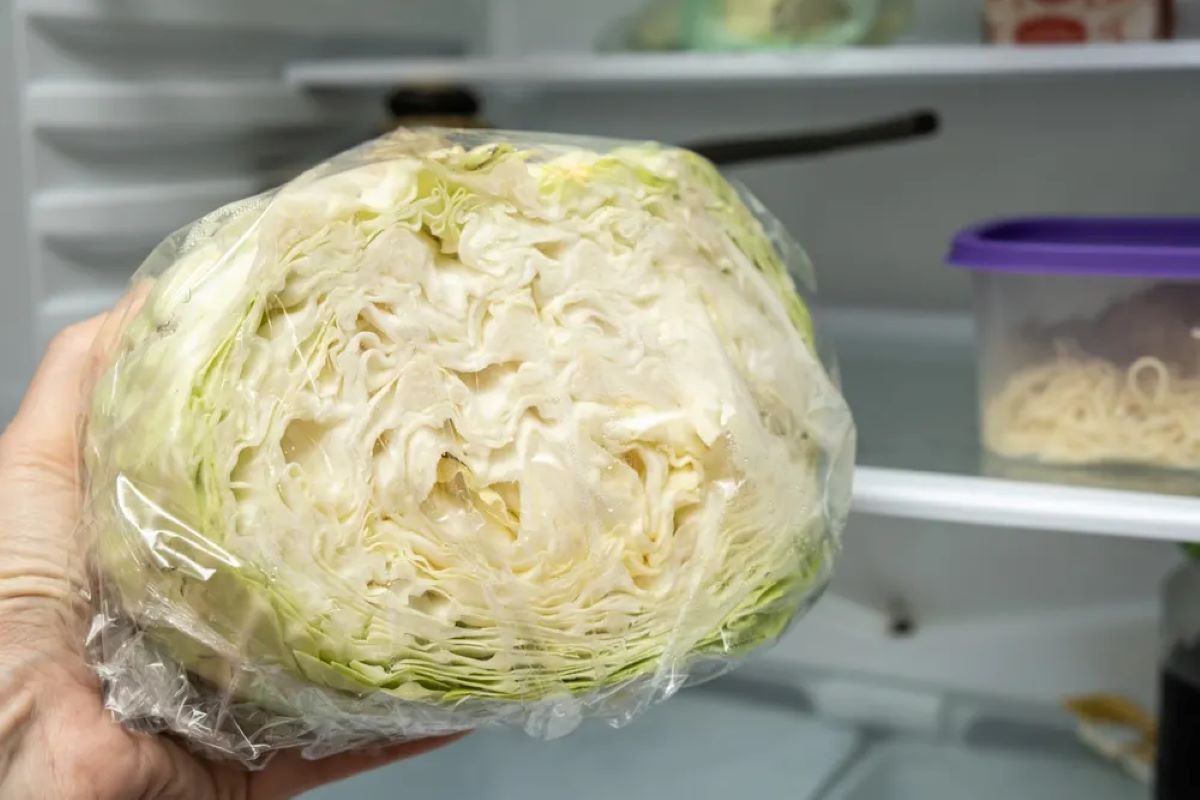


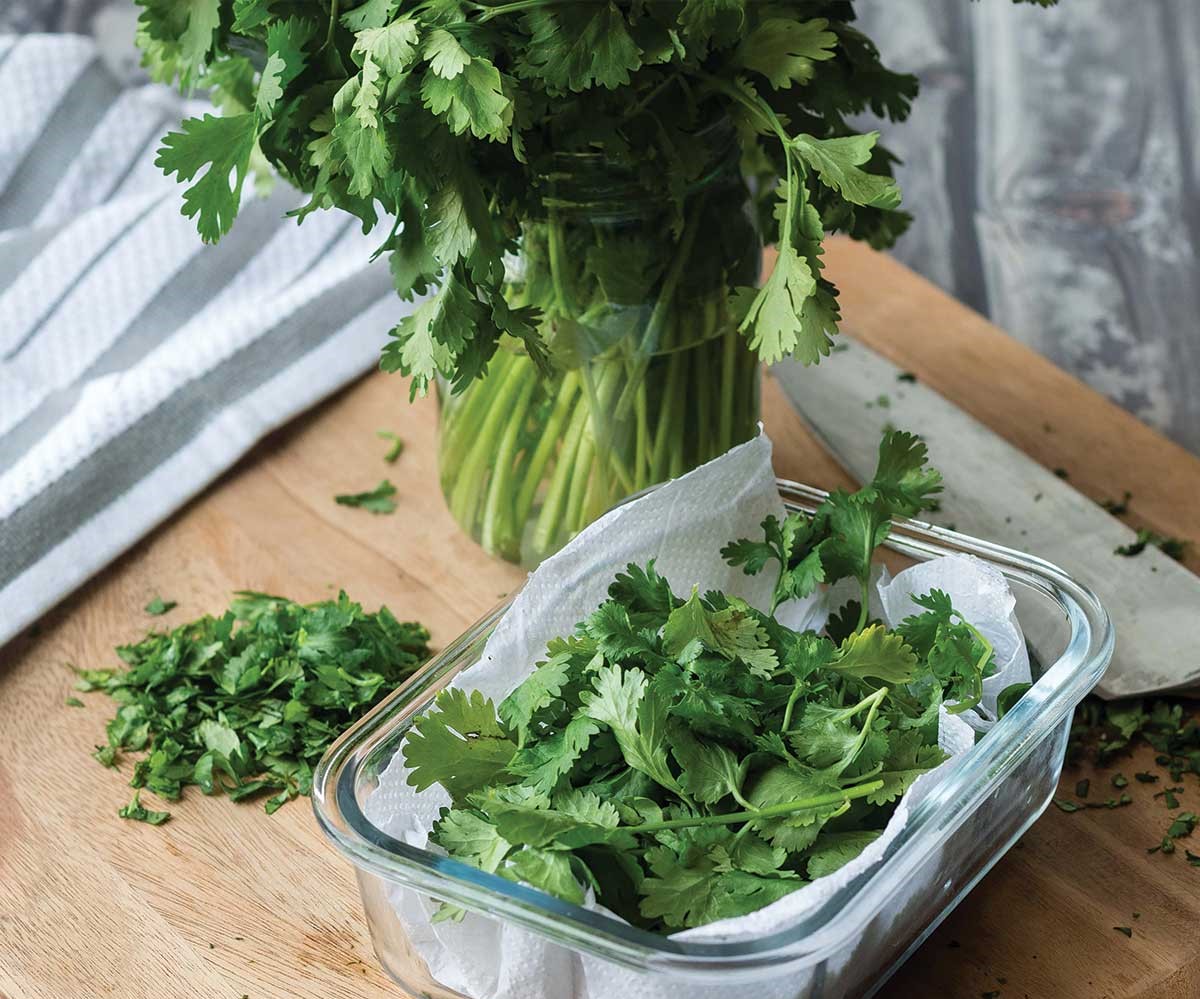
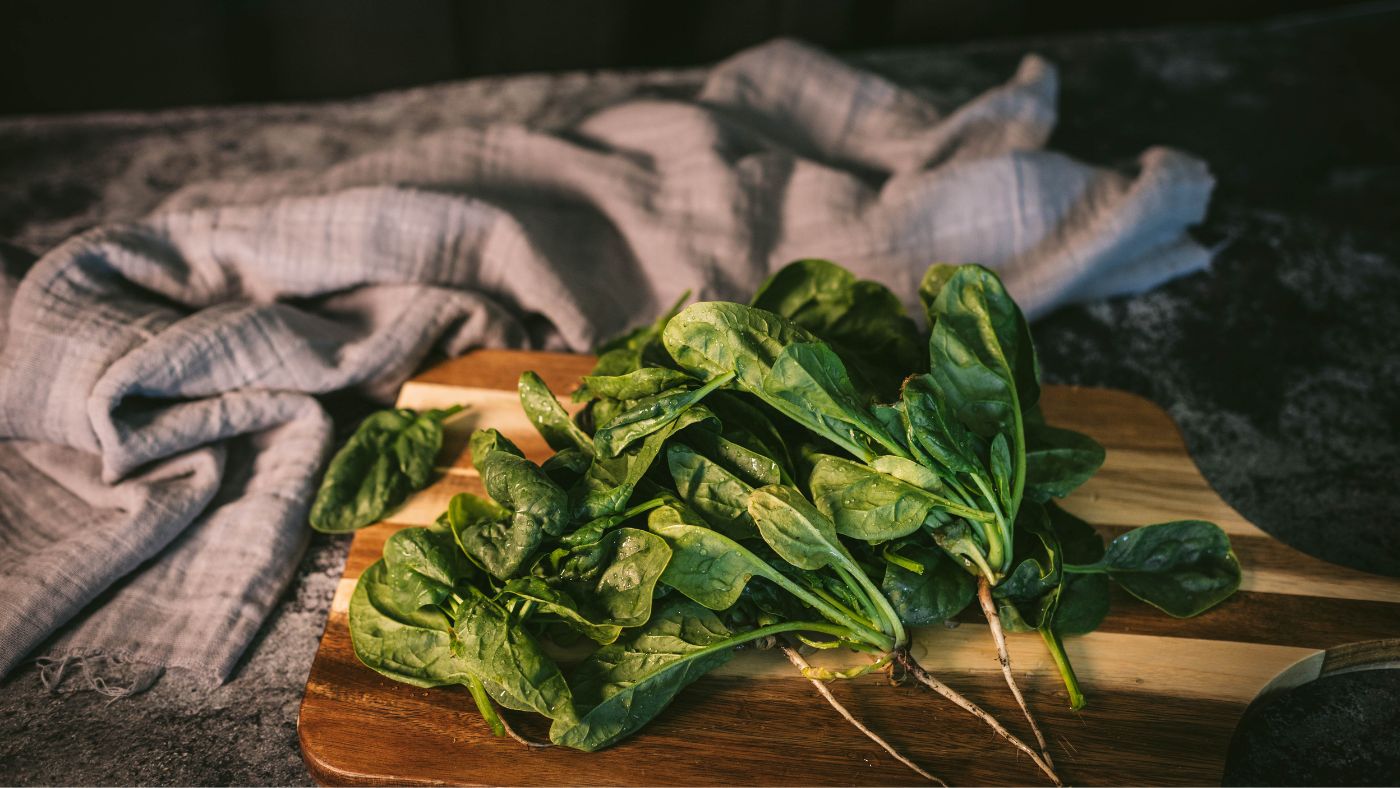
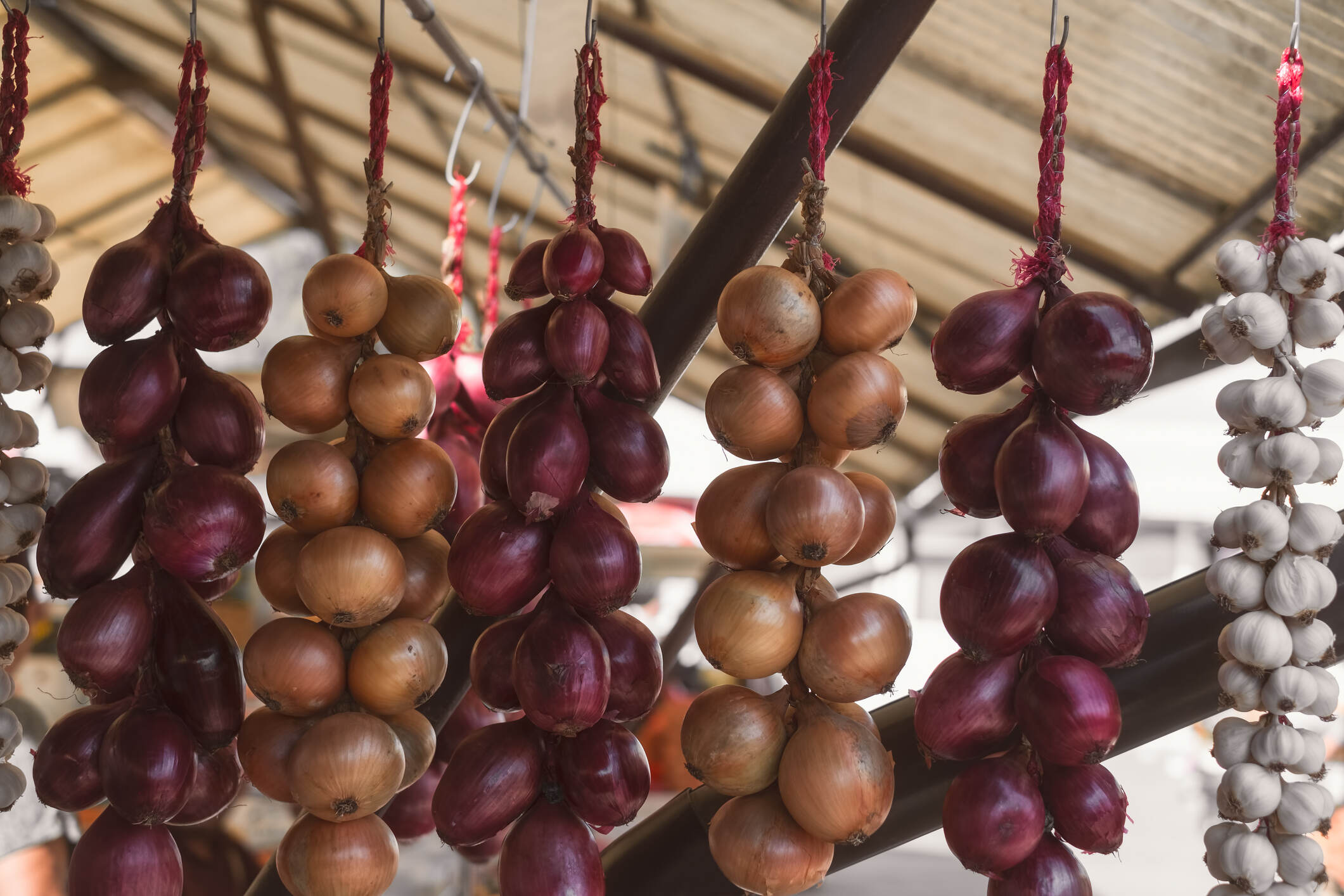
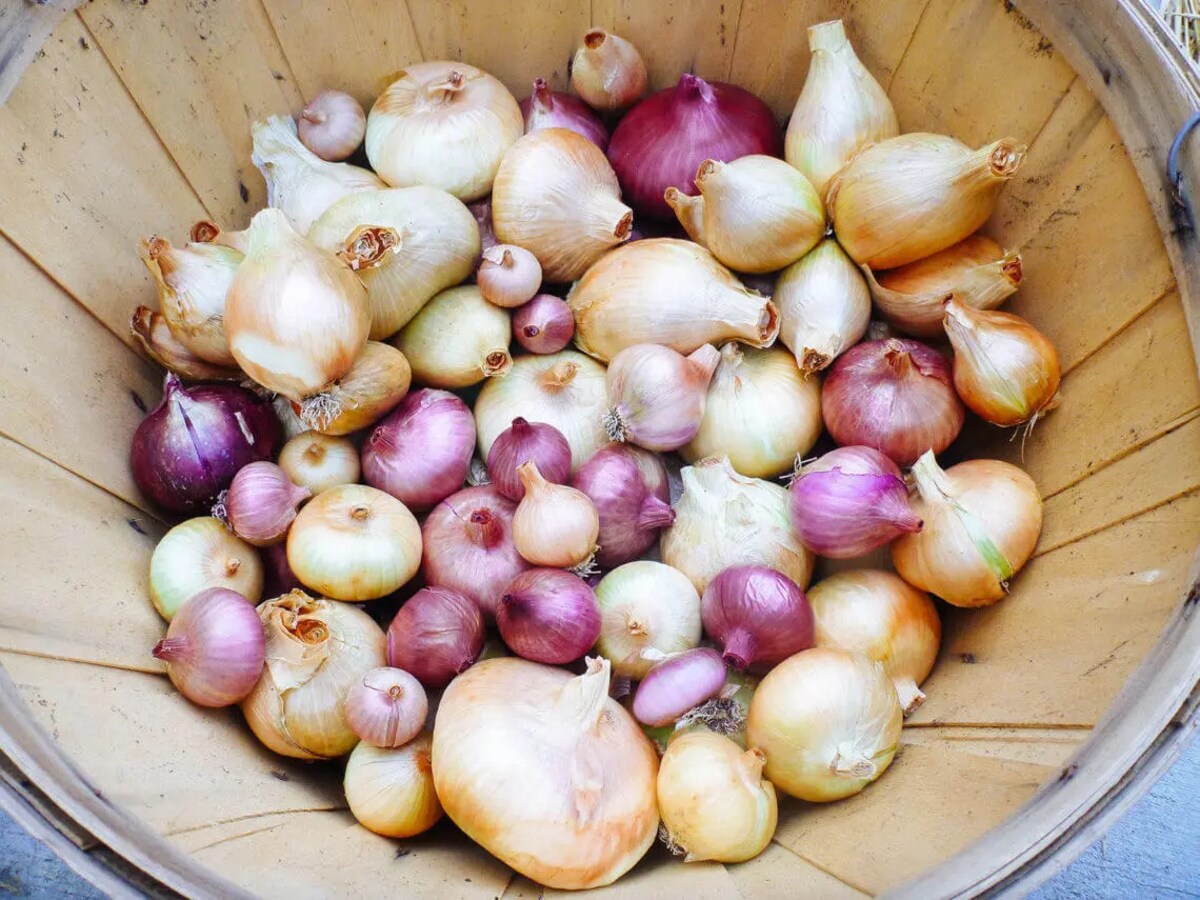
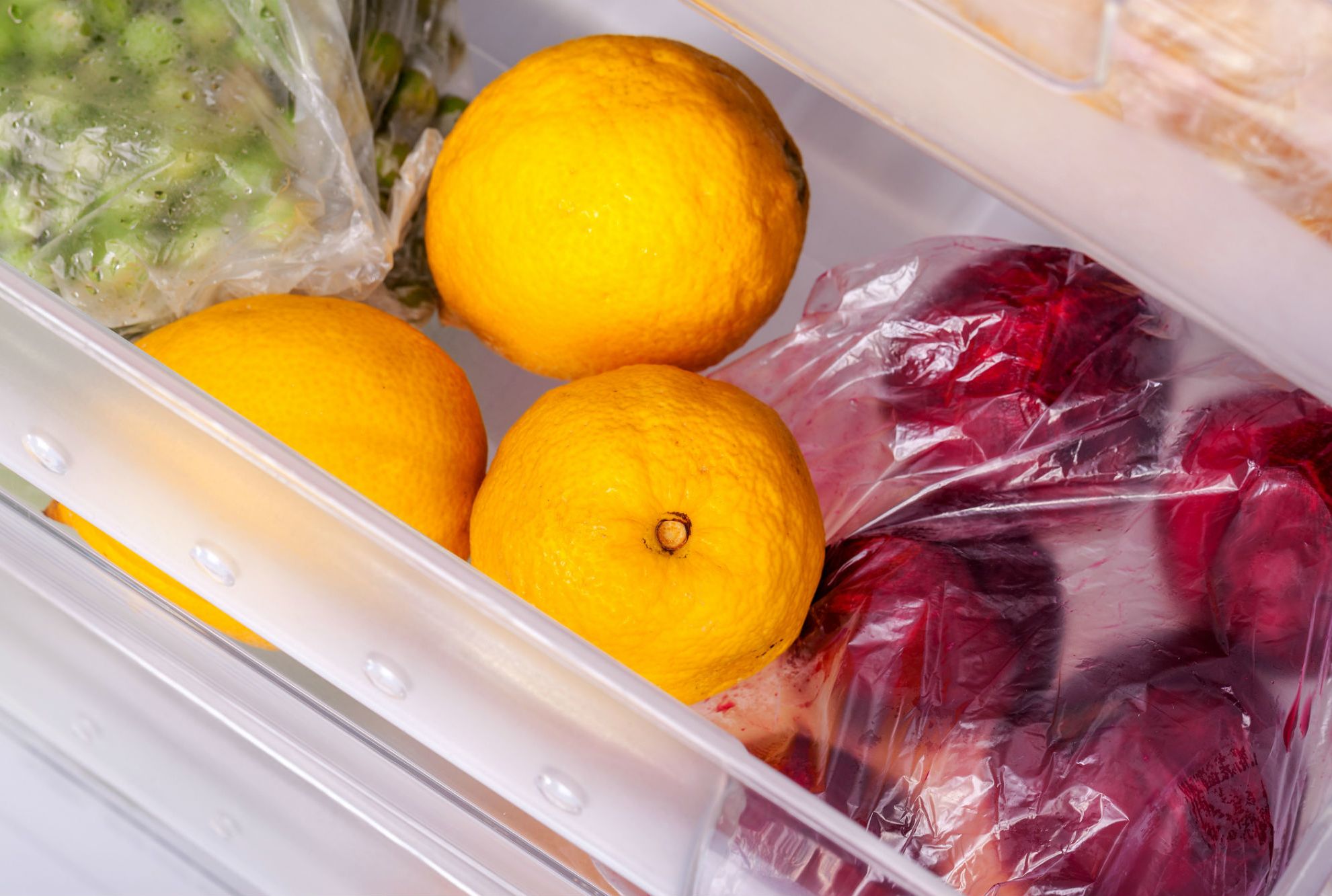

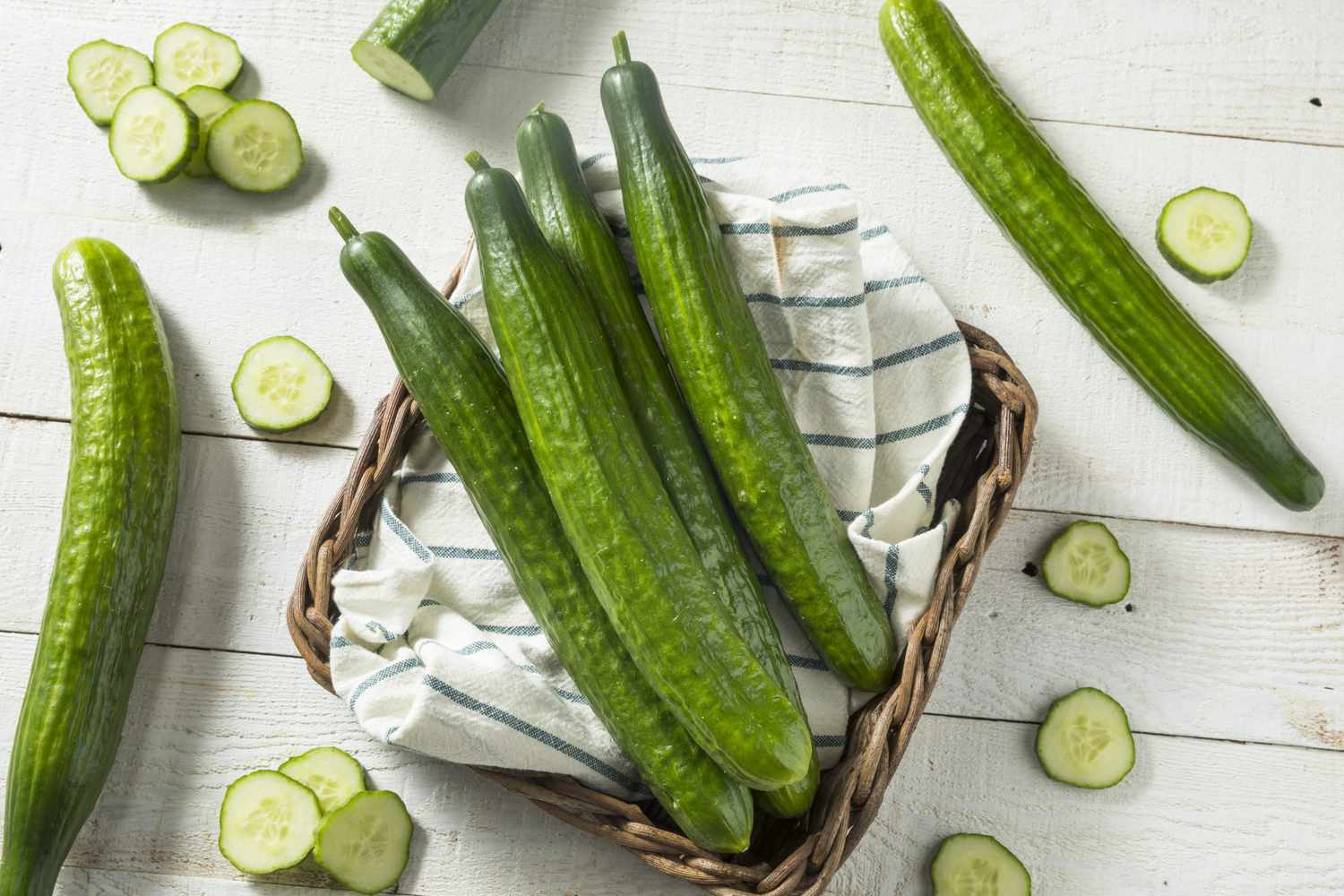
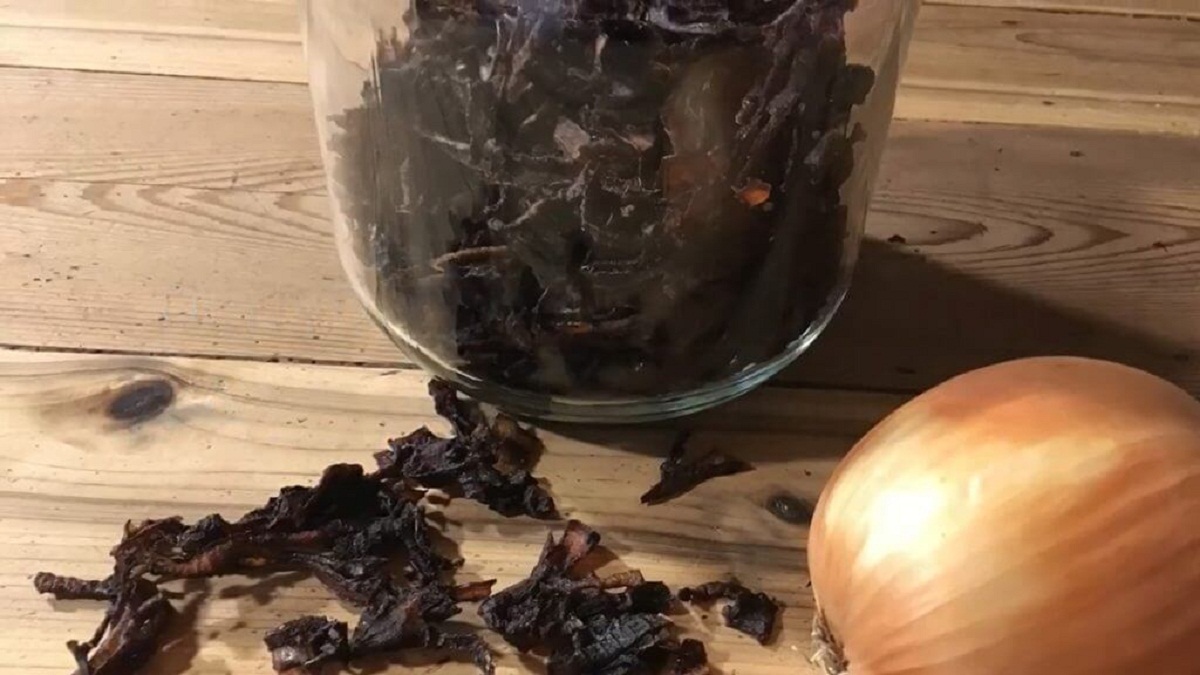
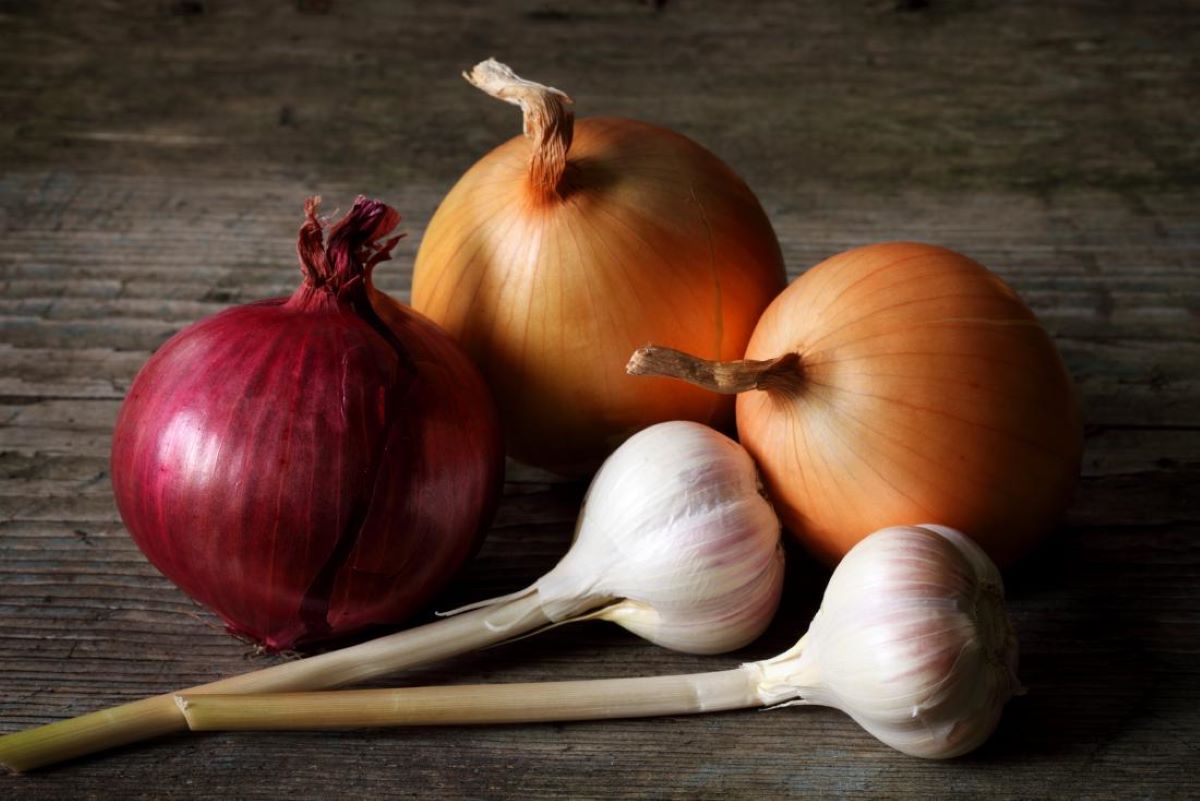
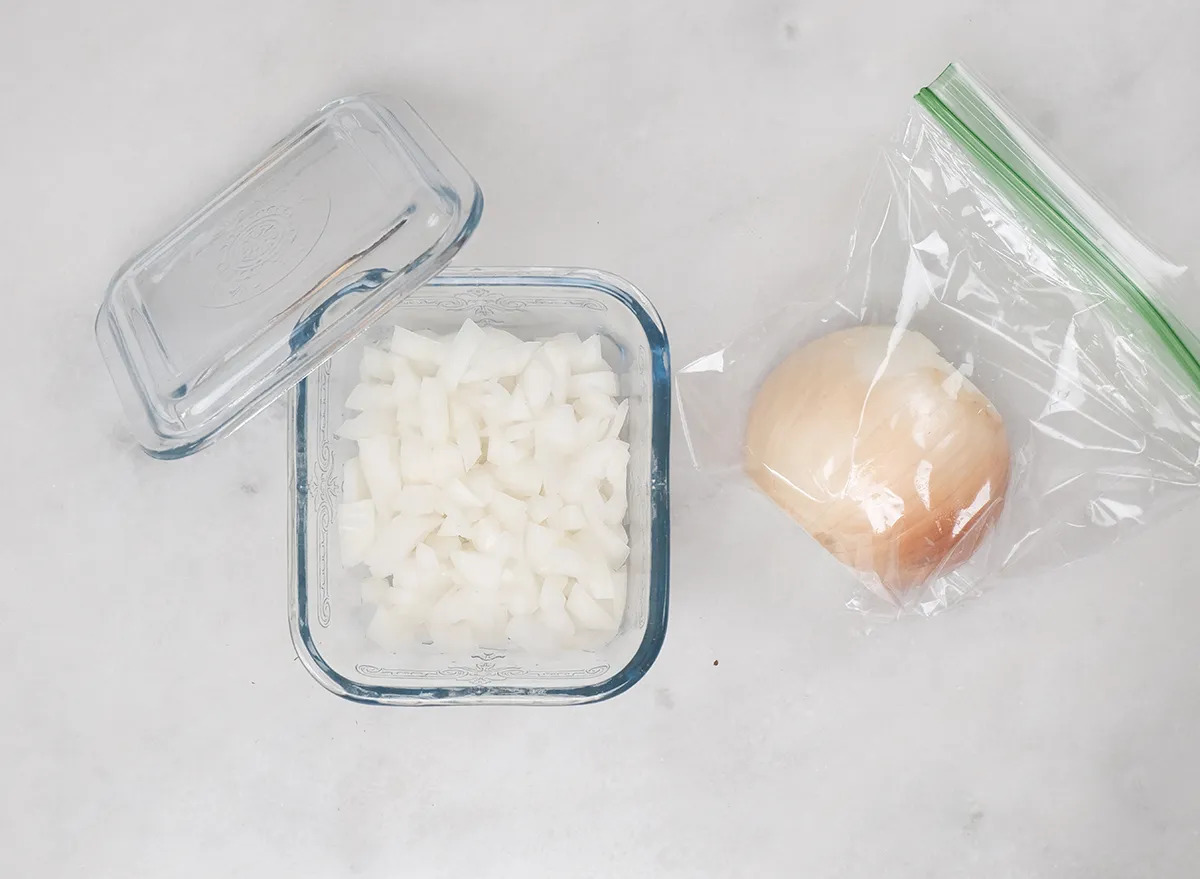

0 thoughts on “How To Store Onions For 6 Months”